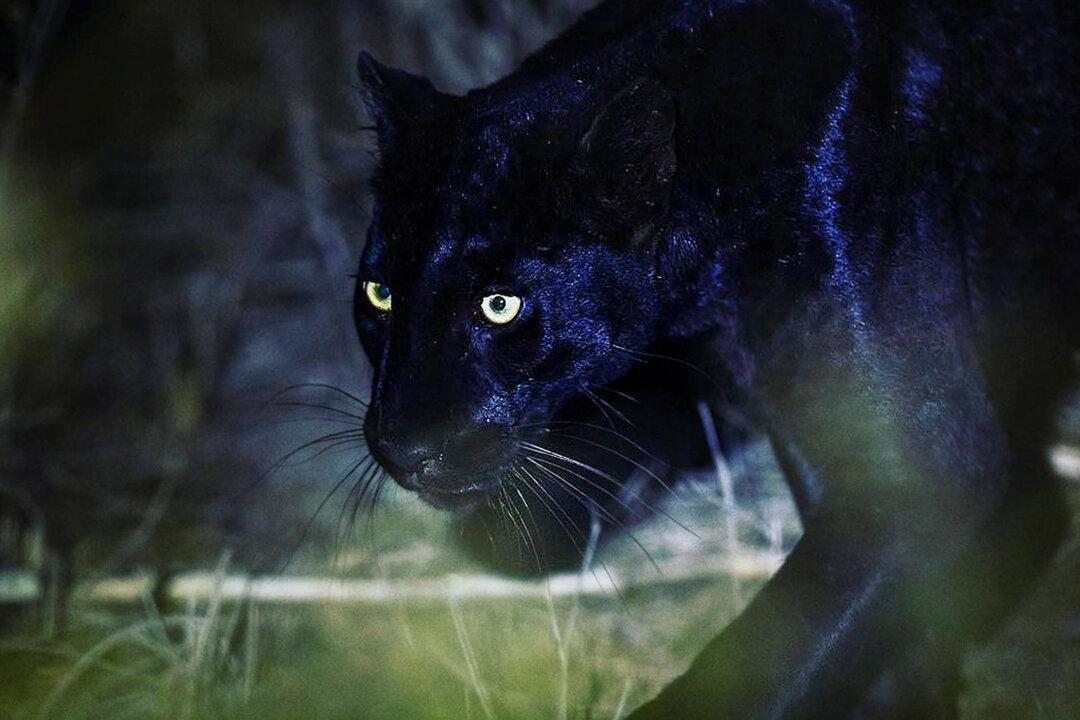A South African wildlife guide with a lifelong love of black leopards has realized his dream of seeing the “biggest species on his bucket list” for the very first time. His stunning close-up photos will leave you breathless.
Nick Kleer, 34, lives a nomadic lifestyle mainly as a wildlife guide on safari in South Africa or photographing wild animals with the aim of sharing his passion with the world.





